Ways of knowing: how can traditional knowledge enrich geoscience education?
Futurum
JULY 13, 2023
However, western science often ignores this traditional knowledge, marginalising Indigenous scientists and discouraging Indigenous students from pursuing careers in STEM. Dr Judith (Judi) Brown Clarke and Dr Wendy K’ah Skaahluwaa Todd want traditional knowledge to be used in geoscience education and research.


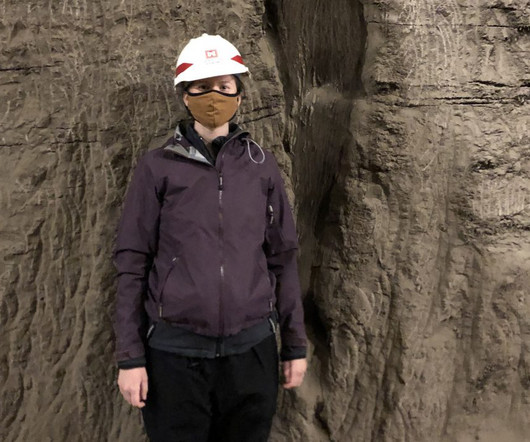
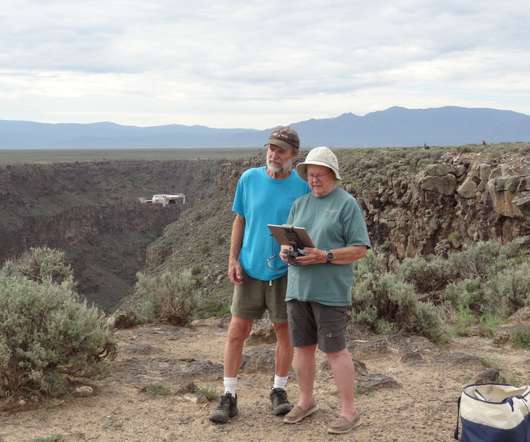
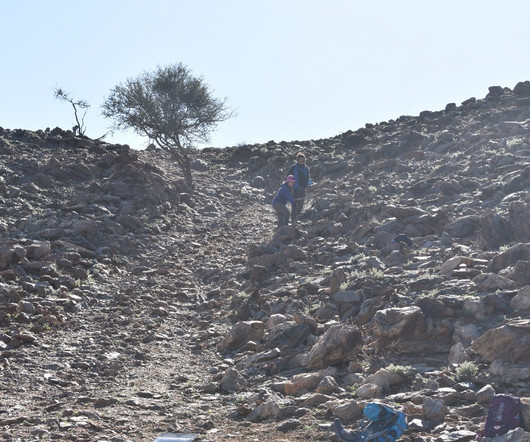
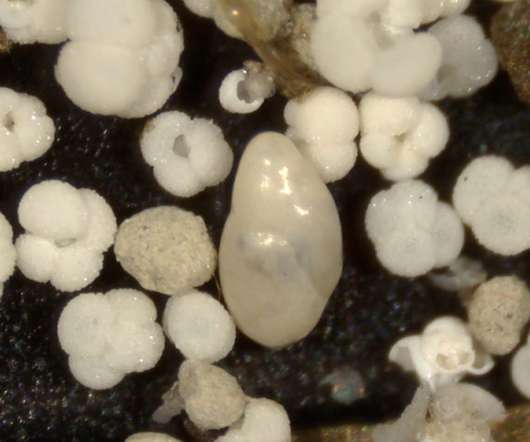
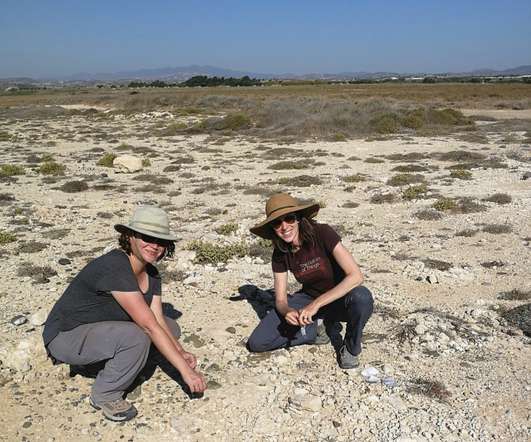






Let's personalize your content